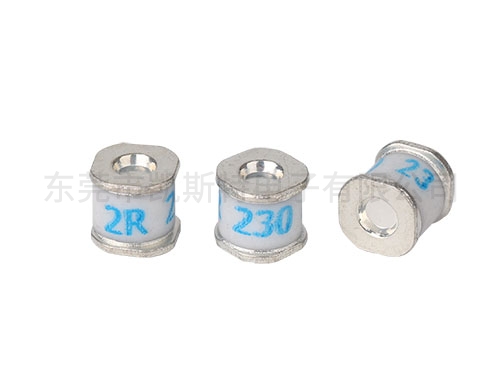




Alloy resistors mainly function to detect current, and thus are also called current detection resistors, sampling resistors or sampling resistors by engineers, etc. The main material of alloy resistors is copper alloy. Each manufacturer has different material ratios during production and research and development. Common alloy resistor materials in the market include: manganese-copper alloy, iron-chromium-aluminum alloy, constantan alloy, nickel-chromium alloy, Kamal alloy, nickel-copper alloy, etc. It features low resistance, high stability, high power and so on.
The mainstream alloy resistor is the surface mount alloy resistor. The main material of the alloy is copper. When other materials are added, it becomes constantan, manganese copper, etc. There are numerous other auxiliary materials, but their main performance is determined by the alloy material itself.
Alloy resistors, due to the strong electrical conductivity of metals, generally have relatively low resistance values, such as 1 millihm, 10 milliohms, 100 milliohms, etc. So it is often used for sampling current in circuits. It is used to feedback the changing current in the circuit in order to further control or influence the variation of the current. The main products used include: battery protection boards, power supplies, frequency converters, lamps, motors, etc.